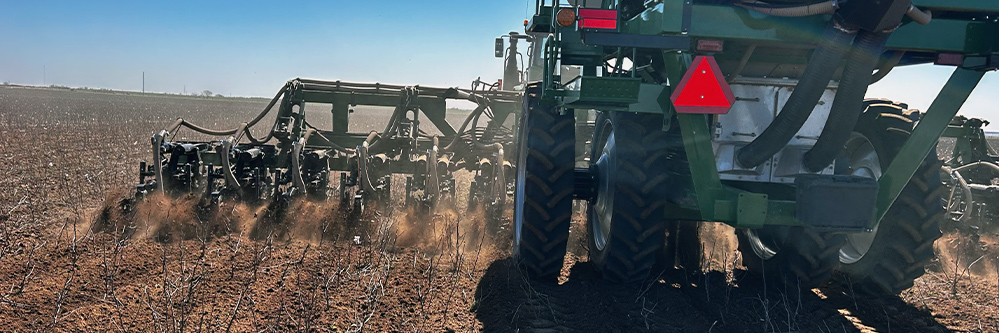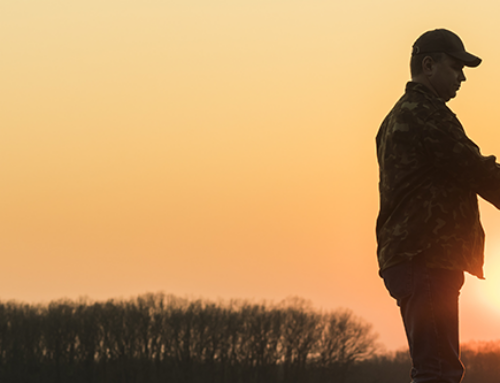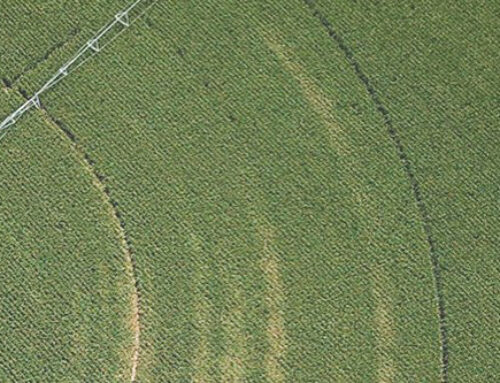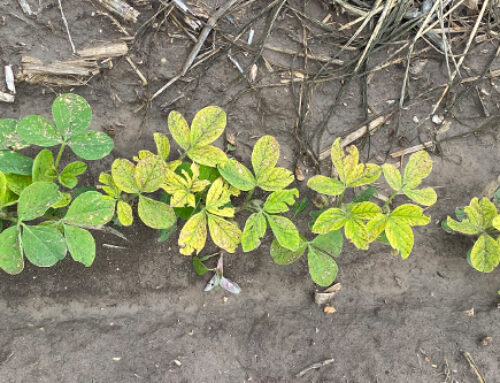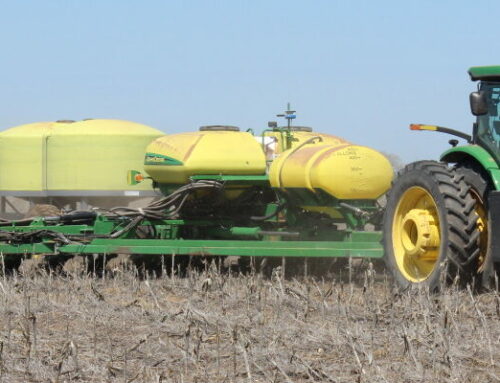Planting is one of the most critical jobs of the season. You only get one chance to place each seed in the right spot, and the details matter. Small adjustments can make a big difference in emergence, uniformity, and ultimately, yield.
At Crop Quest, our agronomists work alongside farmers to evaluate planting conditions and provide recommendations to help improve stand establishment. Every planter, field, and season is different, and we’re here to offer guidance so you can make the best decisions for your operation.
Seed Depth – Keep It Consistent
Consistent seed depth is critical for even emergence. In drier climates, it is generally more beneficial to plant slightly deeper rather than too shallow. Shallow planting can result in seeds drying out before they can germinate, while planting too deep may delay emergence and lead to uneven stands. A planter block test can help ensure each row is planting at the correct depth, as planter wear parts can cause variations even when the depth selector is set uniformly.
It’s also important to check that the opening discs are at least 14.5 inches in diameter. If the discs are near this size, replacing them can help ensure proper trench formation. Additionally, ensure the contact point between the discs is long enough; too short a contact may lead to air pockets in the seed trench, while too much contact can cause excessive wear on the bearings.
Down Pressure – Finding the Right Balance
Down pressure affects how well the planter maintains consistent depth. Too much pressure can cause sidewall compaction, making it harder for roots to develop. Too little, and the seed may not be placed properly in the trench. Conditions change from field to field, so it’s important to make adjustments as needed.
Seed Placement – No Bouncing Around
For consistent emergence, each seed should land at the bottom of the trench, where it can establish firm contact with the soil. Minimizing row unit bouncing helps deliver seeds consistently to the trench bottom. If seeds bounce or roll in the furrow, it may lead to uneven emergence. Planter speed, meter performance, and seed delivery all contribute to seed placement consistency. Regular seed tube inspection can help identify any obstructions, ensuring a smooth transition from the meter to the soil.
Closing the Seed Trench – Avoiding Air Pockets
If the seed trench isn’t properly closed, air pockets can dry out the seed, impacting germination. Closing wheels should firm the soil around the seed without causing compaction. For single-stage closing systems, such as those found on many John Deere planters, it’s important to adjust the distance between the closing wheels to match the planting depth. If the distance is too wide, the system may not adequately firm the upper part of the trench. If it’s too narrow, the upper portion may close well, but the bottom of the trench may remain open, leading to air pockets. The correct setup will depend on soil conditions and moisture levels at planting.
Seed Spacing – Minimizing Skips and Doubles
Inconsistent seed spacing can affect plant competition and overall crop performance. If seeds are planted too close together, they may compete for nutrients, while too much distance between seeds can reduce yield potential. Proper meter calibration helps ensure the correct population is achieved. If the meter is not calibrated correctly, it can cause doubles, leading to overpopulation, or skips, which can result in underpopulation. Ensuring proper seed delivery helps minimize these issues and maintain consistent spacing.
Crop Quest is Here to Help
Crop Quest agronomists are here to provide guidance to help you make informed decisions for your planting operation. We offer recommendations based on field conditions, planter performance, and agronomic best practices, but the final decisions and adjustments are always in your hands. Proper planter performance is essential to achieving optimal yield potential. Ensuring proper depth, good singulation, and effective seed trench closing can help improve the chances of even emergence, which is important for maximizing yield potential.
If you’d like to evaluate your planting setup and receive tailored recommendations for your fields, contact your local Crop Quest agronomist. We’re here to provide insights to help you make the best decisions for your farm.
